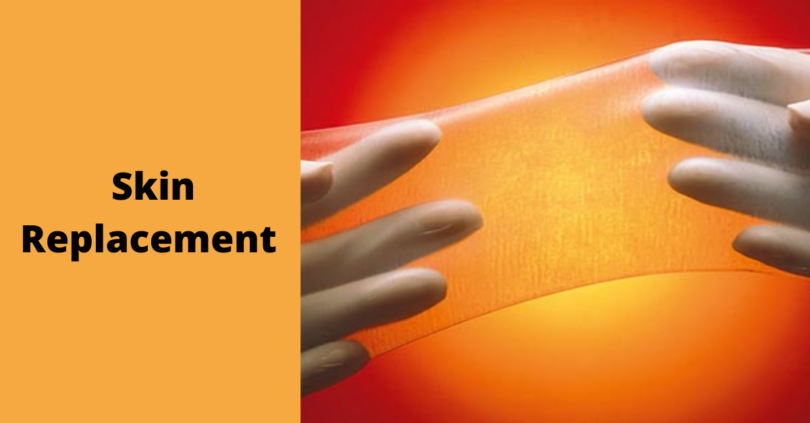Global Skin Replacement Market – Insights
Skin replacement is used for the treatment of burn injuries. Microbes and bacteria can grow on burnt skin, which may lead to rapid loss of body fluids. Conventional approach in skin replacement include use of skin grafts from live donors or cadavers. However, the adoption of such approaches is hindered by the probability of graft rejection and unavailability of large skin patch. This led to development of synthetic skin for the treatment of deep skin wounds. Such advanced approaches have led to increased survival of burned patients.
To Access the Sample Report: https://www.coherentmarketinsights.com/insight/request-sample/4
The global skin replacement market is expected to witness moderate growth rate from 2016 to 2020 and an upward trend to 2023, with 1.5X growth in average sales between 2016 and 2023.
Global Skin Replacement Market: Drivers
Increasing number of burn incidents is expected to boost growth of the global skin replacement market. For instance, according to independent estimates, over 1.5 million people in the U.S. suffers from burn related skin loss, annually. Moreover, in the U.K., around 175,000 people report to emergency departments for burn injuries, of which around 13,000 cases require hospitalization. Such scenario has led to increasing demand for skin replacement products. Moreover, increasing adoption of 3D printing technology in skin replacement is also expected to boost growth of the market. For instance, companies such as L’Oreal and Proctor & Gamble use 3D printing technology to develop artificial skin.
Global Skin Replacement Market: Market Taxonomy:
The global skin replacement market is segmented into:
- Technology
- Product
- Region
Among technologies, the 3D printing segment is expected witness high growth during the forecast period. Moreover, the demand for skin grown in laboratories is expected to be the highest over the forecast period in the global skin replacement market.
Skin replacement products are divided in three major categories: permanent skin replacement products, temporary skin replacement products, and cultured epidermal skin replacement products.
Global Skin Replacement Market: Regional Analysis
North America is expected to hold dominant position in the global skin replacement market, followed by Europe, over the forecast period. This is attributed to factors such as increasing expenditure on wound treatment, growing geriatric population, and increasing number of burn cases. In Asia Pacific, the adoption of skin replacement products is still at its nascent stage. However, the market is expected to witness upward trend by mid of forecast period, with India and Japan poised to be the growth engines.
Global Skin Replacement Market: Competitive Landscape
Key players in the market can focus on collaborating with major life science universities to expand their product portfolio. Major market players are focused on product launch and approval to expand their product portfolio. For instance, in September 2018, the U.S. Food and Drug Administration (FDA) granted premarket approval for Recell (Avita), a spray-on treatment for burns in patients older than 18 years. In October 2018, Platelet BioGenesis announced that the company is in the process of developing a device that imitates the conditions under which human platelets are generated, for patients recovering from injuries, surgery, or treatments such as chemotherapy that can lead to an extremely low platelet count. Moreover, in January 2019, Proctor & Gamble launched Opté, a tool that covers skin conditions such as hyperpigmentation and age spots by simply gliding the device over the skin’s surface.
Buy This Premium Research Report: https://www.coherentmarketinsights.com/insight/buy-now/4
Major players operating in the global skin replacement market include, Cellular Dynamics International, TissueGene, Inc., Cynata Therapeutics Limited, Platelet BioGenesis, Tengion, L’Oreal, and Proctor & Gamble.

